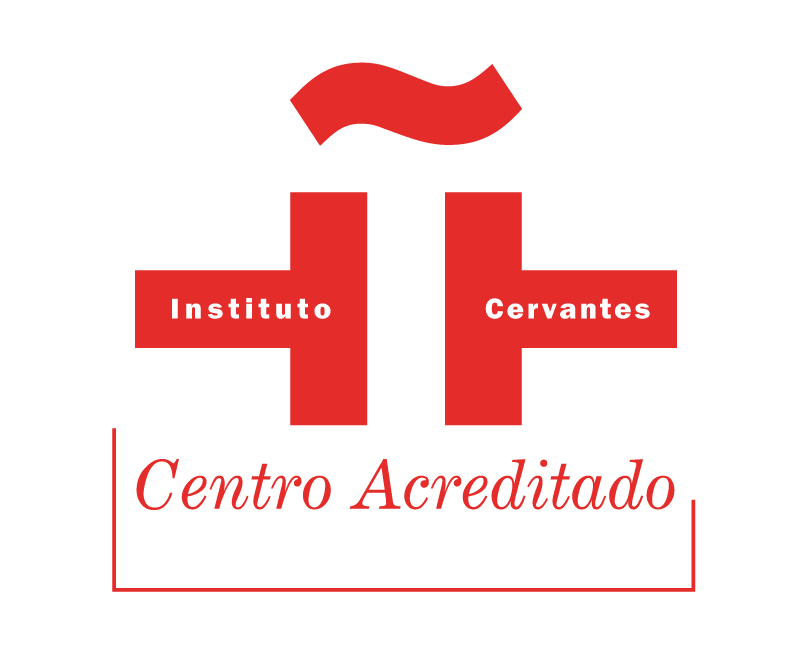
¿Qué es el lenguaje inclusivo o no sexista?
Esta semana ha sido el Día de la Mujer y uno de los temas que vuelve siempre a la mesa es el lenguaje inclusivo o no sexista. El año pasado ya hablamos en este blog de algunos micromachismos del lenguaje y hoy nos encontramos con un movimiento que tiene cada día más fuerza. En primer lugar tenemos que explicar qué es este tipo de lenguaje y porque es un motivo de debate. En el lenguaje hay algunas palabras que pueden resultar excluyentes para algunos colectivos, por ejemplo si usamos “el hombre” cuando queremos referirnos a “la humanidad”. De este modo, las personas partidarias del lenguaje no sexista intentan buscar sustantivos o adjetivos neutros como sustitutos de algunas palabras. En este sentido, una lengua como el español se ve afectada por




